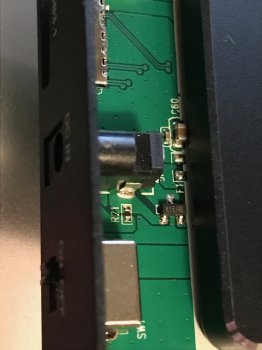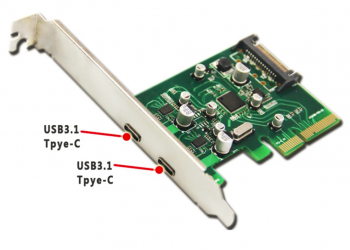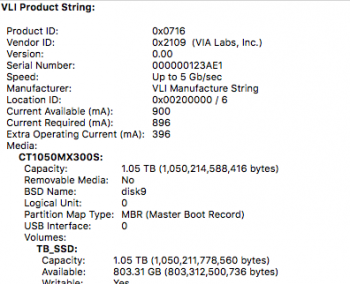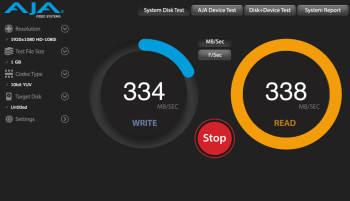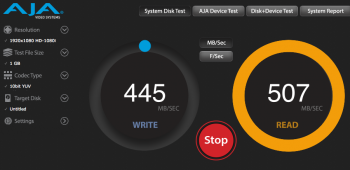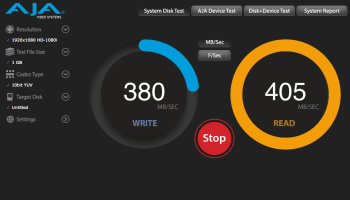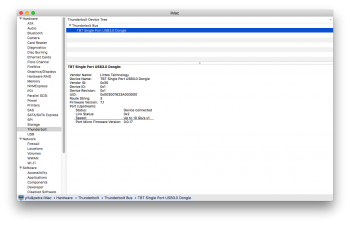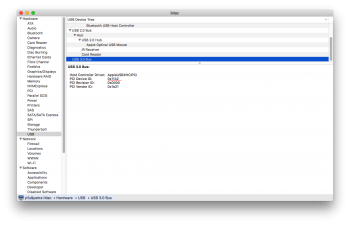It looks like ASMedia was first to market by a few months and first to sample by maybe several months.
JMicron announced the JMS580 in June, but I can't find one product with it.
Via Labs has the VL716. I found one 2.5" enclosure with it, the Satechi B01FWT2N3K. Ordered one. Encouraging point on the Via chip is that it's specc'ed at 100mW lower active power. That's lower draw on the USB bus and less heat as well.
Starting to think Apple was onto something moving to USB-C. Its 3A current capability is the easiest (if not the only) way to power a 3.1 Gen2 enclosure with a fast SSD.
The stability issues of so many enclosures at 10Gbps may also be why the Caldigit card ships defaulted at 5Gbps. They don't want the phone calls.
Thank you for this detailed report! Notable aspect: afaik TRIM is not working with USB 3.1, apart from 10Gbps issue. It seems Thunderbolt/eSATA still the best alternative for fast external SSD's.
Last edited:


